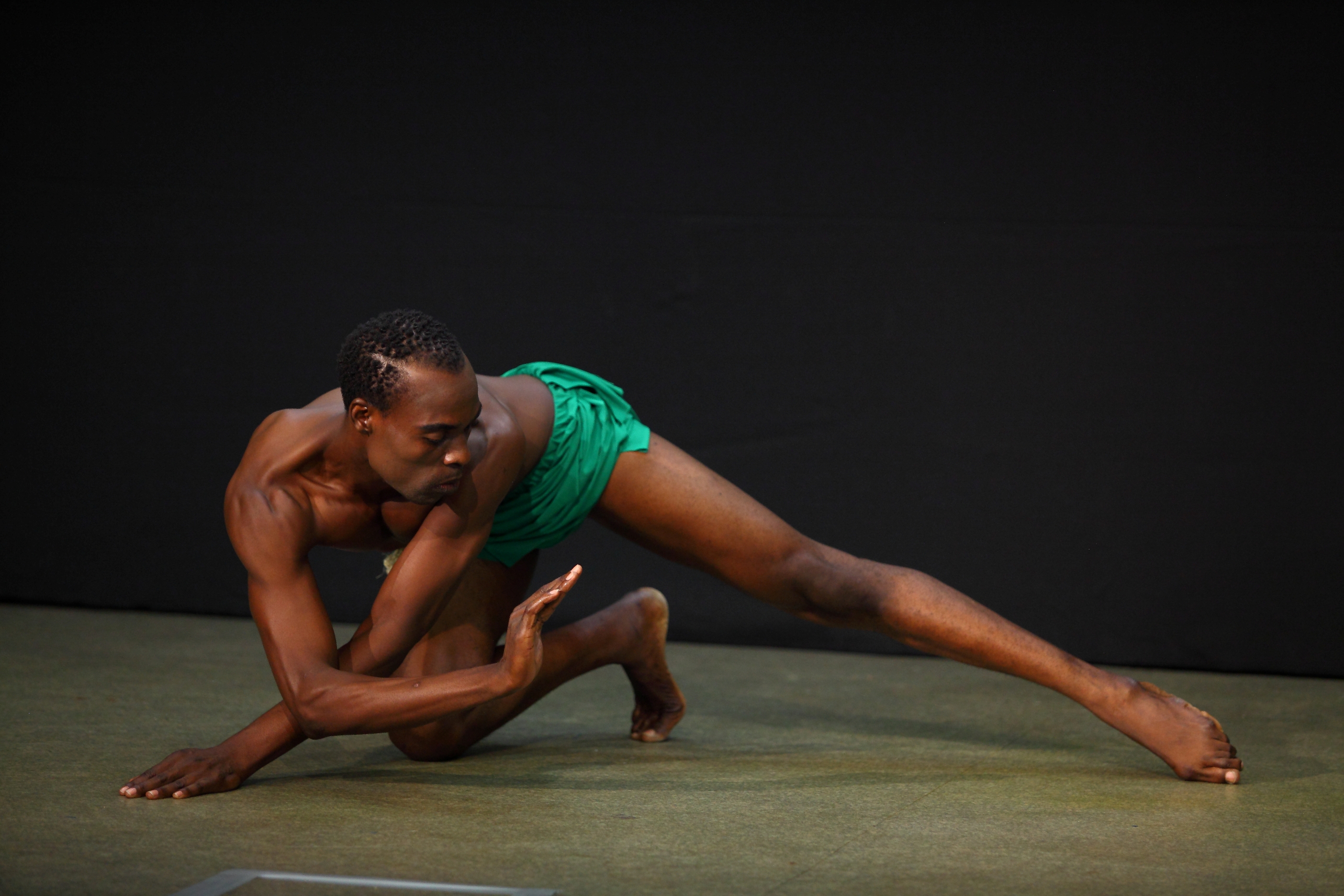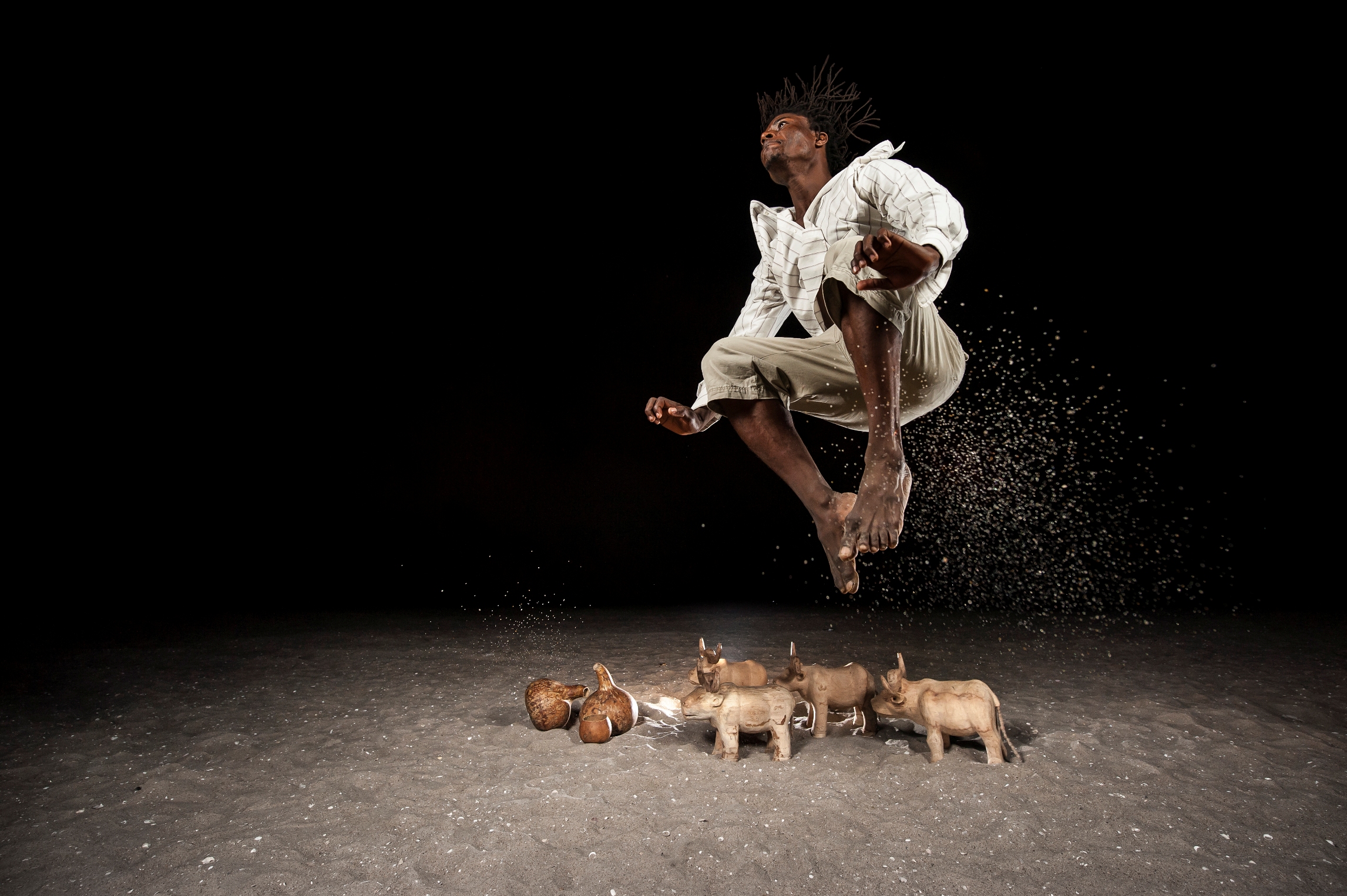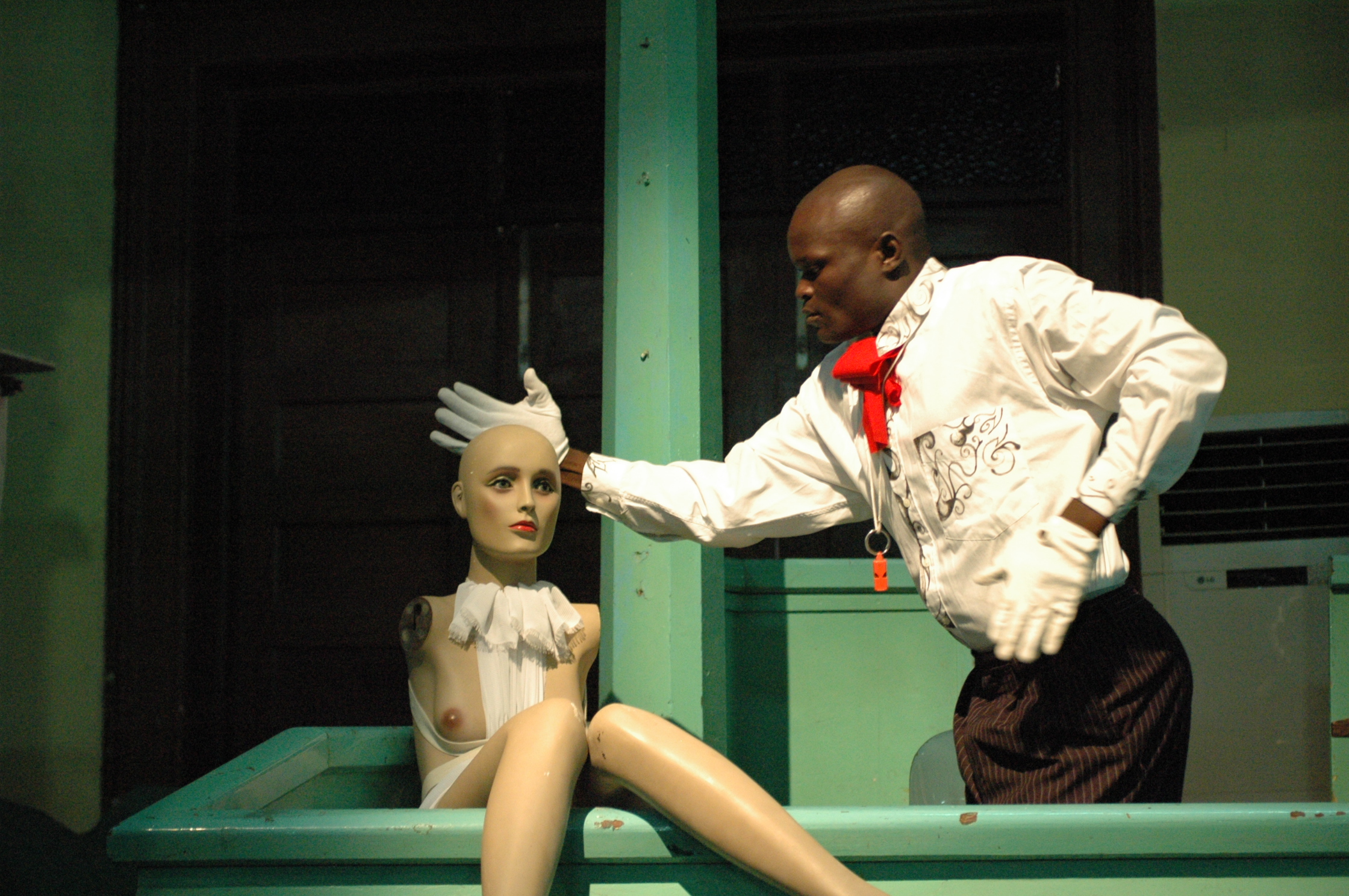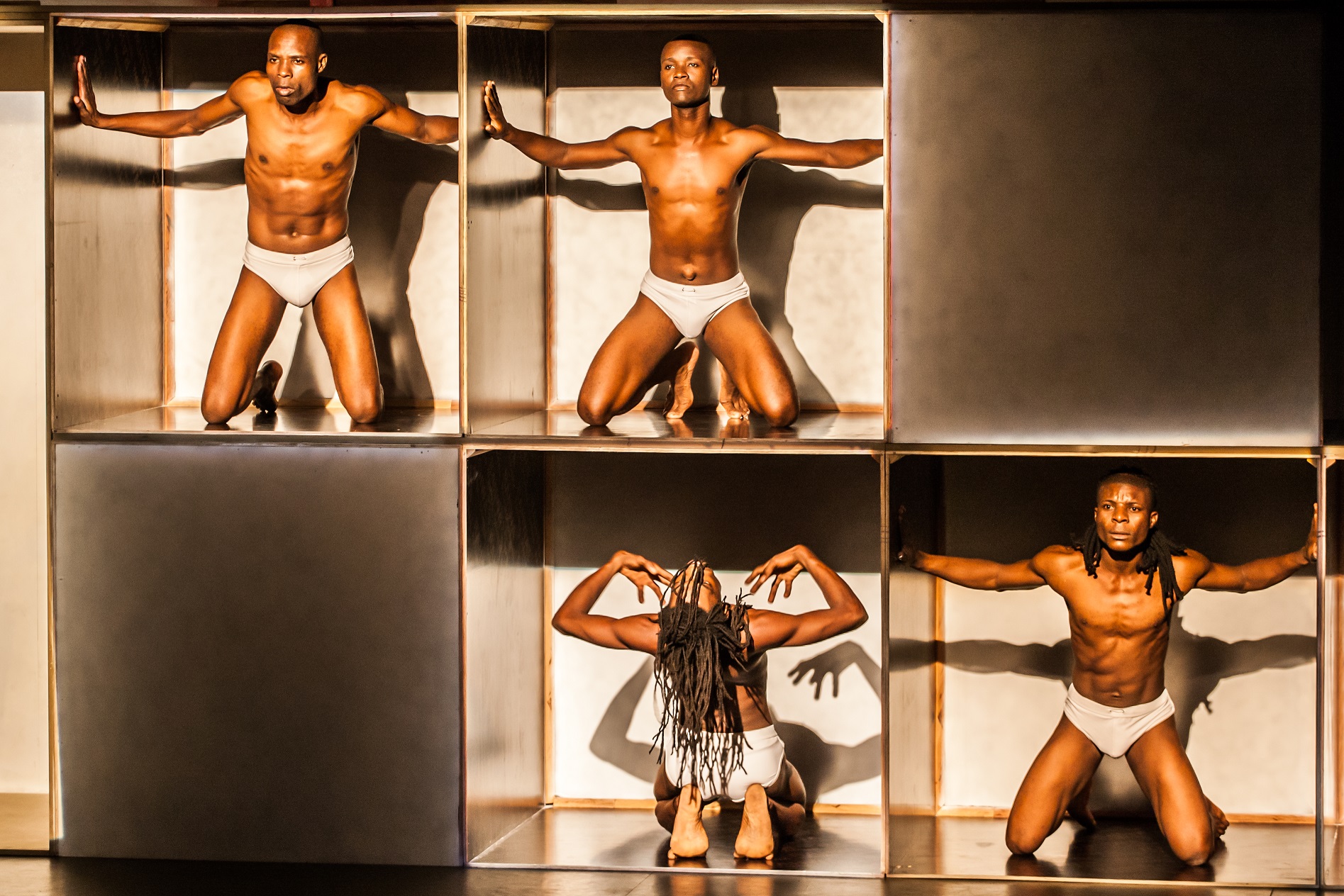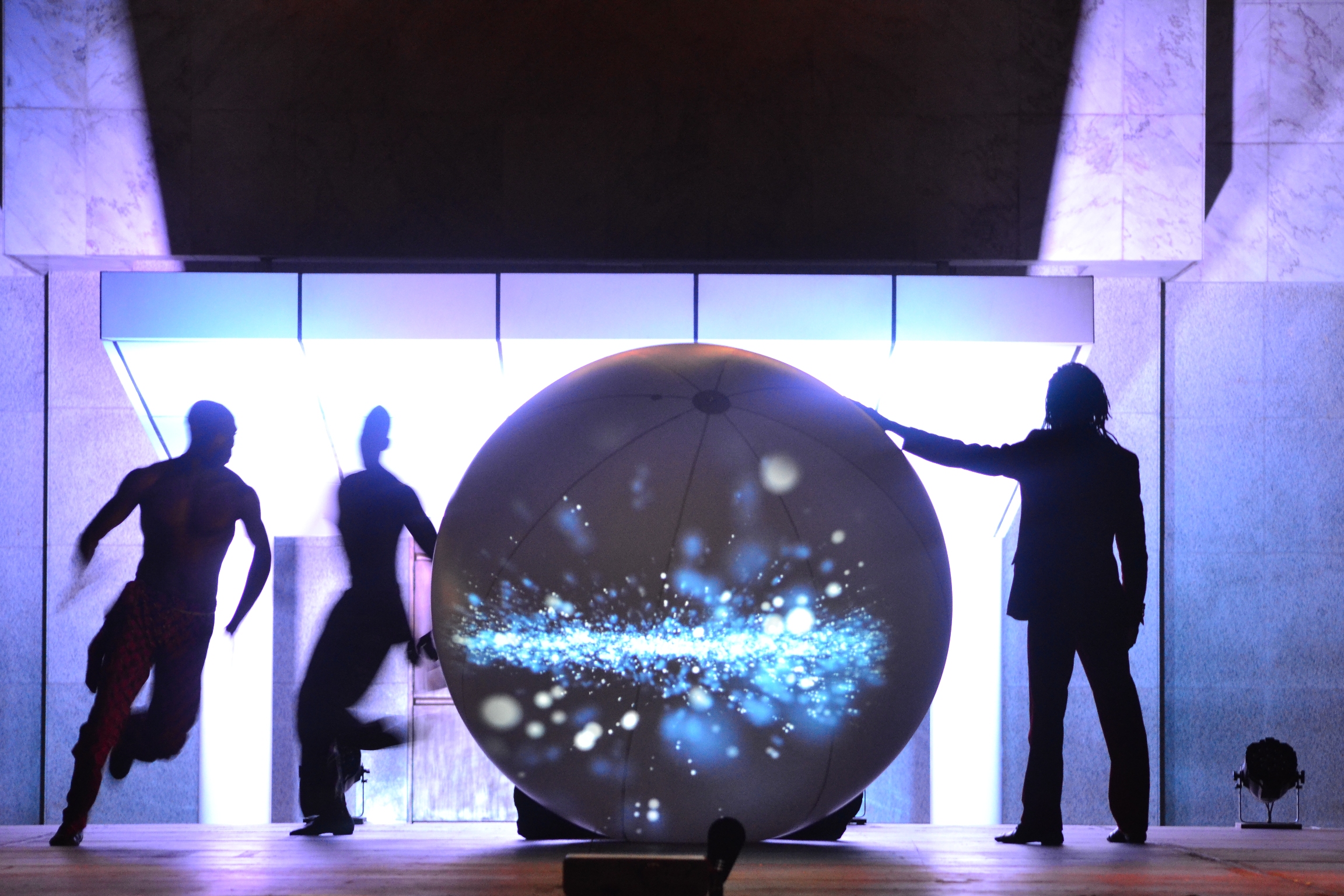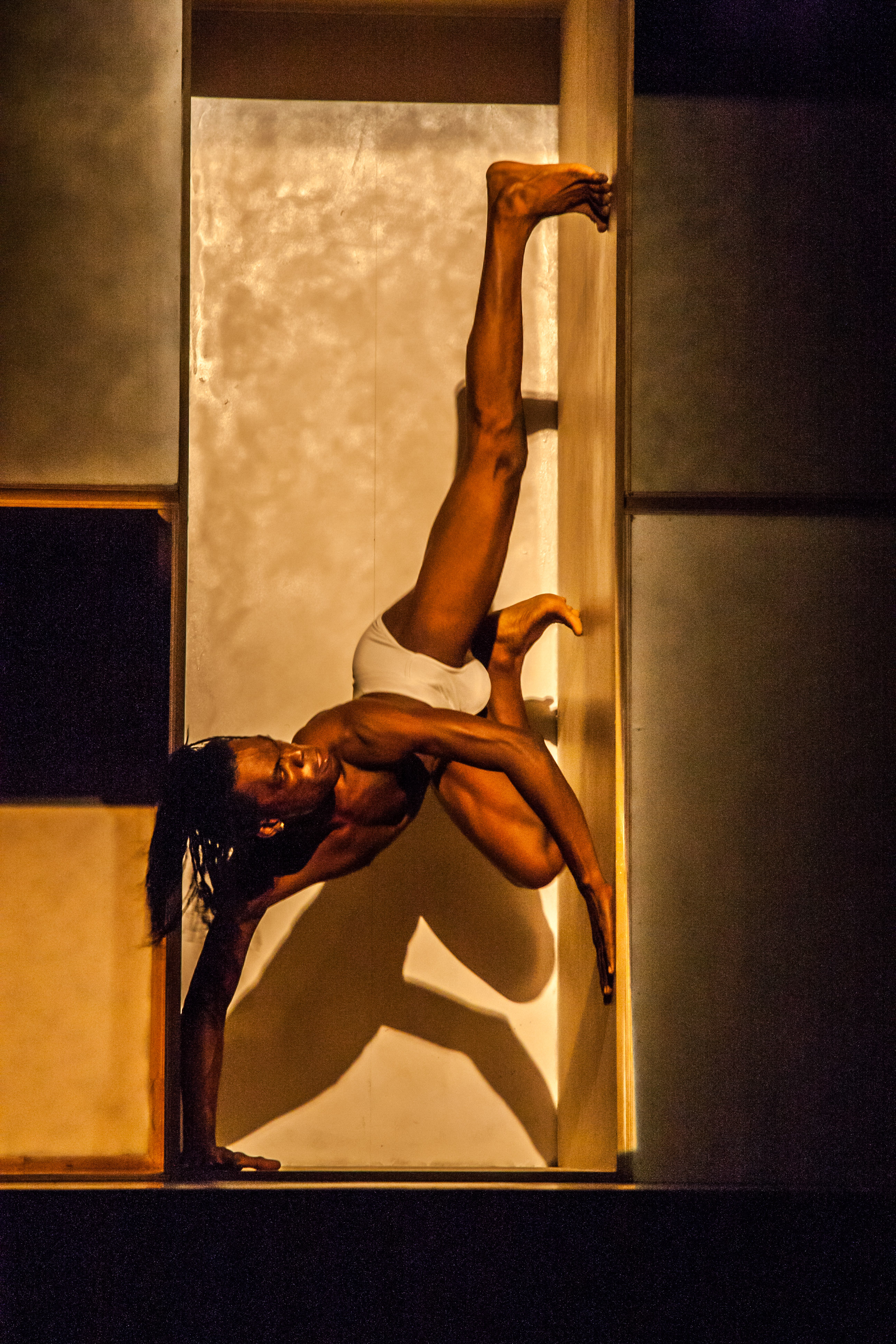Words by Inês Carvalho.
The body has tremendous power in translating reality – no matter how complex it might be. In Angola, translating reality through movement is a powerful act of activism says Ana Clara Guerra Marques, a pioneer in contemporary dance in this country. We chatted about her journey with CDC Angola, and the role of dance in analysing, questioning and – most importantly – demanding social change.
Ana Clara is a dancer, choreographer, academic and artistic director of Angola Contemporary Dance Company. She started her dance training in the 70s, in Luanda. When she was just sixteen, the Ministry of Culture nominated her as director of the only dance school in the country. Since then, Ana Clara has been a strong advocate of arts education and professional dance training. With over three decades working in the Ministry of Culture, she founded CDC Angola in 1991, inspired by her experiences abroad in Europe. Through the company, Ana Clara has been redefining the dance aesthetic in Angola and introducing the contemporary dance language in the country. Focused on traditional dance forms, the company also reinforces its mission in every piece: to use movement as a tool for communication and activism.
DAJ: What was the context of contemporary dance in Angola in the 90s?
Ana Clara: When CDC was founded, in 1991, there was no presence of contemporary dance in the country. Most of the dance was connected with traditional forms. So, the audience met contemporary dance for the first time ever. Even though in other continents it was already so popular, here I was the first person to introduce it in Angola. When I left to study abroad, I also only knew ballet, as it was the only thing I had access to. So, my experience in Europe was like a window opening for me – and I decided that I should share it and bring it to my country. Creating the Contemporary Dance Company of Angola was a pioneer and the first company of this kind.
DAJ: How did the people in Angola react to the first works of the company? Are things changing?
AC: People had diverse reactions. Suddenly, there was a new way of moving the body, of telling stories. Many people found it bizarre, everything was pretty metaphoric and they weren’t ready for that. But, on the other hand, young people liked it and identify with the messages we shared in the performances. So naturally, it has been evolving. However, I have the feeling that there’s now more resistance in accepting contemporary art – because we have an audience who like our work, but we have politics who still see the arts and pure entertainment and without higher value. There are still no quality training in dance. So things don’t evolve as we wanted to, as we don’t have the power to change everything by ourselves.
But going back to the audience… We have a very diverse audience, even though we are still the only active contemporary dance company in the country. We have our annual programming and we tour a lot – mostly internationally because we don’t have much support to tour across Angola.
DAJ: Can we consider that CDC was a pioneer company in redefining a contemporary dance aesthetic in Angola?
AC: Well, our creative process differs from project to project. Once we have to train our own dancers, who join us in adult age already, our work attends in the specific features of everybody and what they could give to the topic of the piece. This way, we create a new dance language made from personal movement quality. I respect every single way of diverse movement from each one of the dancers and I never want to impose something that it’s not natural for their bodies. However, at this stage, my focus is not mainly the movement aesthetics. I care about speaking up through the performance, so I focus more on the quality of the movement: if it’s heavy, slow, fluid… This way of work has been giving us so many interesting and original outcomes. But of course, some contemporary dance technique is always present.
DAJ: What’s the impact of CDC on African’s contemporary dance scene?
AC: Unfortunately Africa isn’t the continent that we travel to more often, once we don’t have direct flight connections to most of the African countries. Nevertheless, in the ones we managed to tour, we always have a very warm reception!
DAJ: How does the international audience experience the work of CDC? Do you think they get an insight into Angola’s context?
AC: We always feel very welcomed abroad. Every time we perform in another country, the shows usually end with a stand ovation from the audience. So, I think that people really like our work. But at the same time, I feel that they have no idea how much we went through to be able to make a performance, to achieve that final product. People don’t know that much what’s going on in Angola, which is very different from the reality in Europe, for example. They don’t know that we don’t have water, electricity, transport or financial support to produce a piece. However, the work of the company can be, at the same time, a way to show internationally that we’re fighting and good things can happen in the country, apart from the negative news about corruption and poverty.
DAJ: Is dance a powerful tool for communication and social activism?
AC: I believe so, and that’s the main mission of our company. Movement is a megaphone; We never do a show for entertainment only, but to make the audience think, sometimes to make them feel uncomfortable, to question and reflect on social issues. Unfortunately, we are the only dance company using dance for activism.
In April, Angola Contemporary Dance Company will premiere a piece co-created by Ana Clara and Irène Tassembédo, a choreographer from Burkina Faso. The company will tour this performance, called “Is this a woman?” in Europe.
